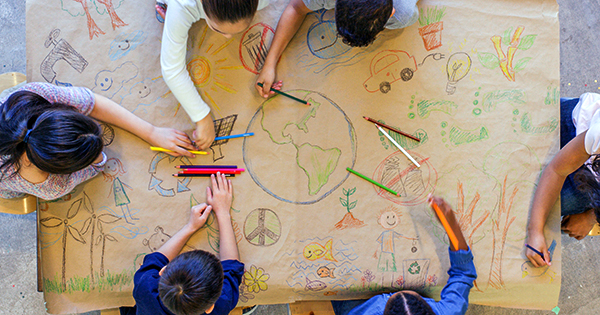
It’s a tough job to be an elementary school teacher, but at the same time, it’s incredibly rewarding. Your passion, ideas, and, lesson plans can help young students love learning from the get-go. That said, it’s critical for you to adopt a teaching style that will work best for the students in your charge.
Of course, you work with students from different communities, religious backgrounds, ethnicities, and more, and no two students learn the same way.
So to be the most effective teacher, it’s important to know each of your students’ strengths and weakness—and then consider combining teaching styles. Which ones will work for your class?
Here are the most popular teaching styles used in the elementary classroom.
Demonstration
A lot of teachers rely on demonstration to help their students comprehend material, as many individuals benefit from this style of teaching no matter how they learn.
One of the most common ways you can accomplish this is by showing, instead of just telling, by way of computer-based displays and experiments. You could also use projectors and visual brainstorm webs.
When it comes to mathematics in particular, elementary students need supported practice—so be sure to model a new concept several times and then take the students through guided practice. Once guided practice has been completed, they can begin practicing independently.
Hands-on
Elementary students generally learn best from hands-on activities. For instance, students will most likely have difficulty understanding the concept of multiplication if it is just explained to them. But if they begin experimenting with multiplication and practicing this type of problem, they will understand it better and recall how it works.
The traditional lecture
A standard, formal way of teaching is the traditional lecture style, where you assume the role of an expert and provide facts to your students. Many times, students will take notes on the information that is being taught.
This teaching method is especially beneficial before tests; it’s helpful in that it offers students the main topics to study and assists them in organizing a review sheet to study.
Just be aware that visual learners may have difficulty with this style because they succeed by seeing rather than listening.
Collaboration
Pairing students together or putting them in a group for a project or activity is beneficial for a number of reasons. It inspires students to work together, and inspires students in several ways. This style encourages:
- Problem solving
- Communication skills
- Interactive learning, and much more
Collaboration is also helpful in determining which areas certain students need assistance in and in which areas they are stronger.
Bonus tip: Collaboration should be followed by a group discussion where students can converse about their perceptions and findings, showing you exactly what was discussed and how they worked together.
Hands-off
This teaching style includes minimal instructions. Instead of telling all students what to do, you instead let your students study independently. This helps your students develop self-actualization and critical thinking skills.
The hands-off teaching style is considered more sophisticated and works best for students in their later years of elementary school. Students who can take on more responsibility in their classwork are ideal candidates for this teaching method (but of course, you know your students best).
Do you typically combine a few of these in your classroom throughout the day, or use one over the other for certain subjects? We’d love to hear—join us on Facebook whenever you want to share ideas with other educators.
Categorized as: Tips for Teachers and Classroom Resources
